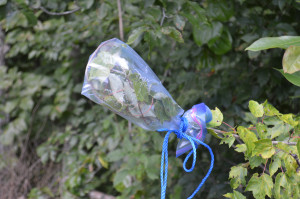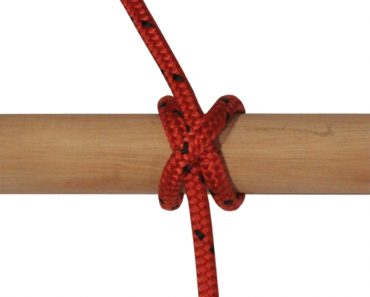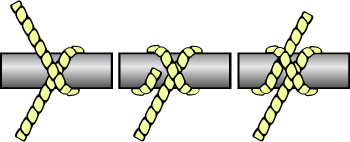
As a child I used to read about solar stills made by digging a hole in the desert and covering it with clear plastic, I was an adult by the time I actually visited a desert environment, but I was very disappointed with the results.
However, by placing a plastic bag over the leaves of a living plant, you can extract clean, drinkable water from plant leaves. This survival tip is very easy to do.
I was able to collect much more water condensed from leaves than I could from the typical solar still dug into the ground. Additionally, this method too far less work and effort.
Condense Drinkable Water From Plant Leaves
Material:
- Several Large clear plastic bags
- String or cord
- Live, non-poisonous vegetation with green deciduous leaves
Procedure:
- Tie a clear plastic bag on the end of a plant or small tree branch. The bag should be sealed very tightly over the branch so water cannot escape.
- Water vapor will collect and condense in the bag.
- Wait until evening for maximum condensation before removing the bag.
- Switch the bag to another branch and repeat.
Yield:
 You can expect an average of one cup of water per bag per day – which means you will need 16 of these devices per person to collect the minimum recommended one gallon per person per day or water.
You can expect an average of one cup of water per bag per day – which means you will need 16 of these devices per person to collect the minimum recommended one gallon per person per day or water.
Gathering water condensed from leaves is much easier than other condensation methods, but as with any method it takes a lot of stills to get enough water.









